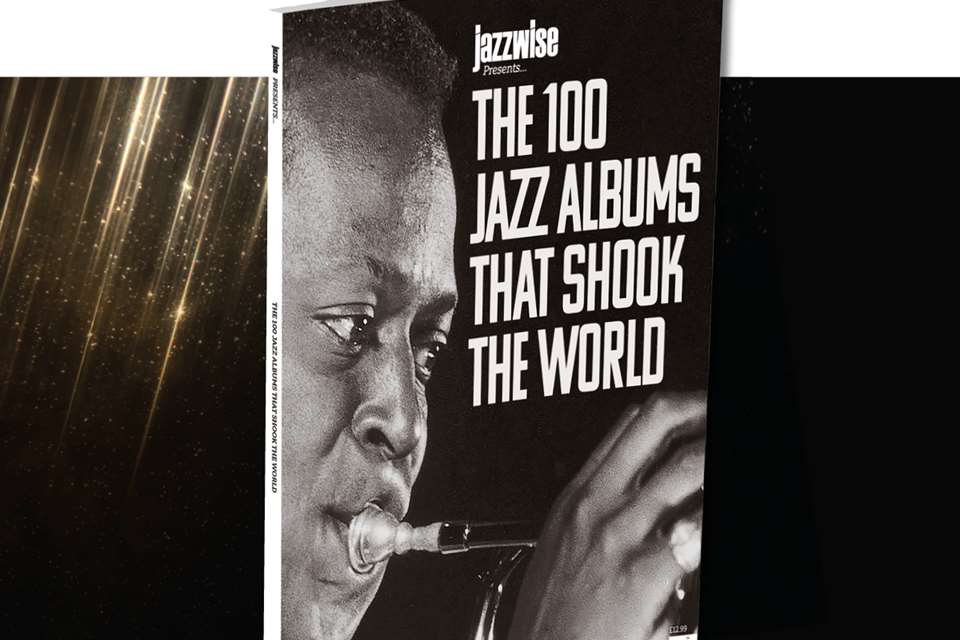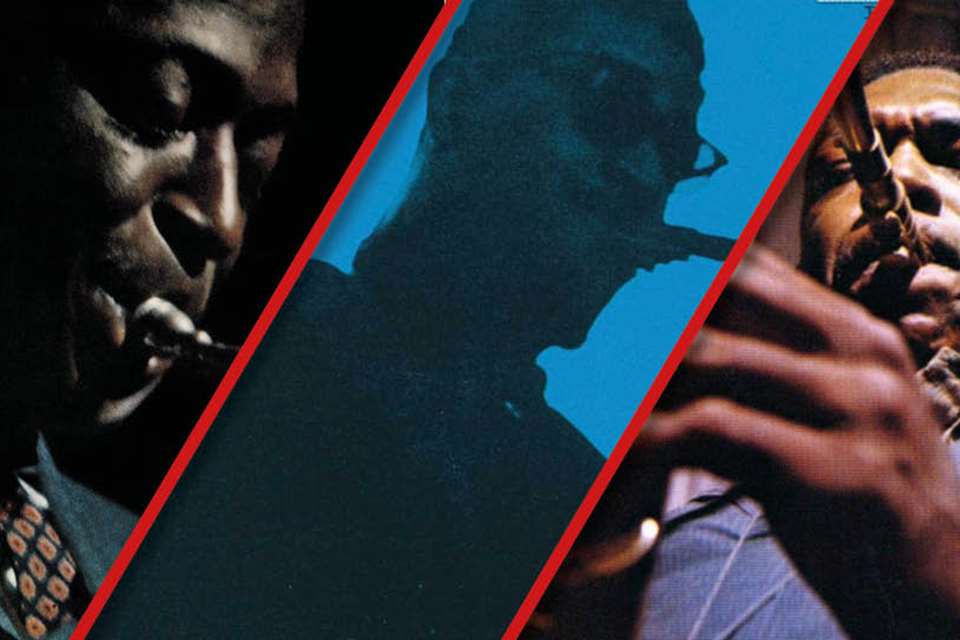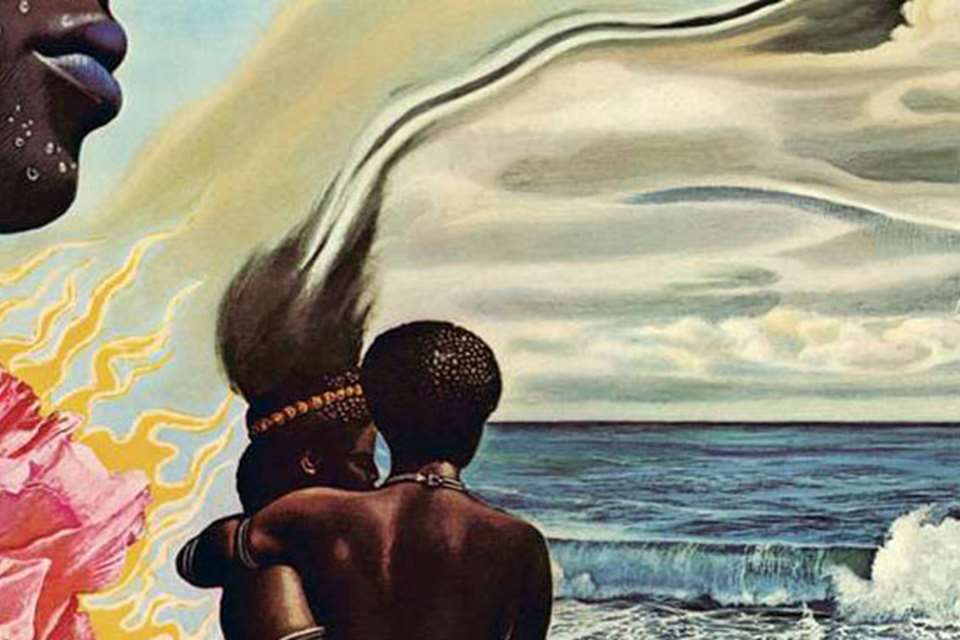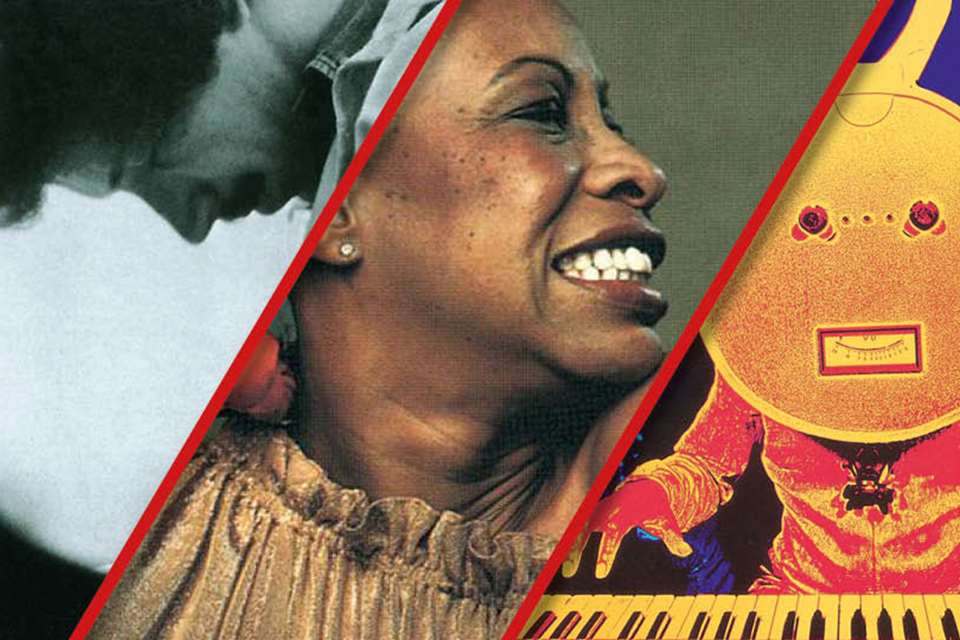“Miles said, ‘that bitch can play’… probably the best compliment I ever had!” | The life of jazz pioneer Pat Moran
Thursday, October 21, 2021
The story of jazz is littered with undiscovered treasures and under-appreciated heroes and heroines. The pianist Pat Moran – still with us at age 85 – is one such figure. She speaks to Stuart Nicholson about her remarkable life and career, and remembers her collaboration with the legendary bass player Scott LaFaro
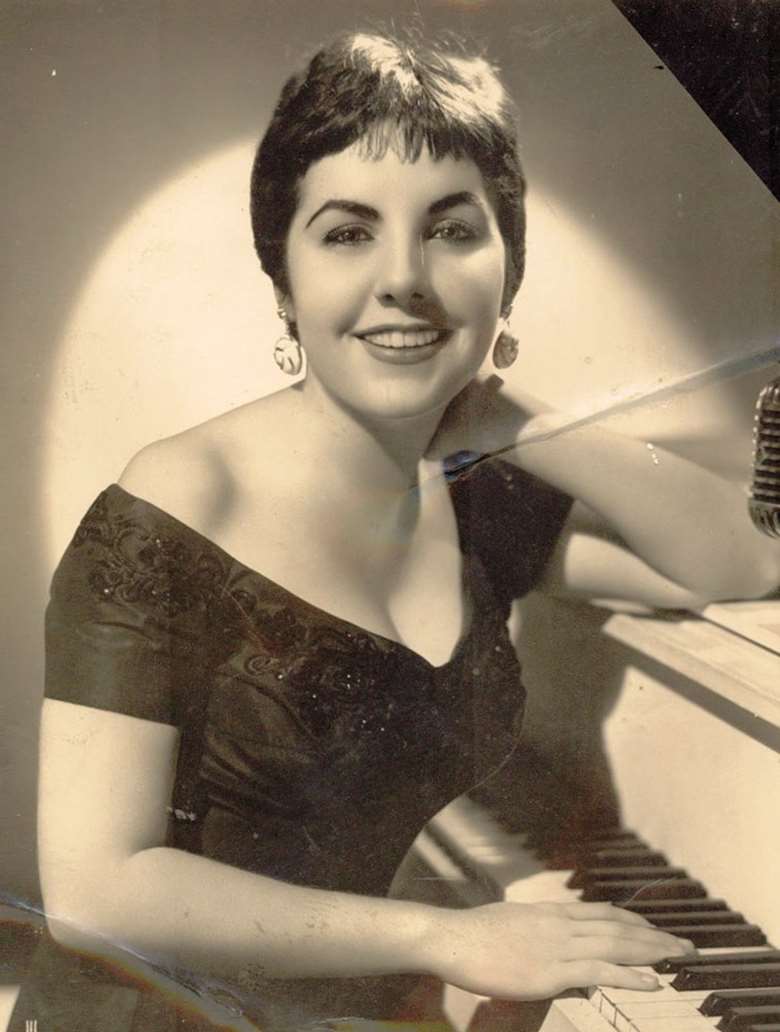
In 1957, when pianist Pat Moran debuted at New York’s famous Birdland jazz club at 1678 Broadway, just north of West 52nd Street in Manhattan, she was just 22 years of age. As one press report put it, her playing turned heads, not only among seasoned Birdland jazz fans – who considered themselves the most knowledgable jazzers on the planet – but also among the big name jazz musicians who regularly hung out there.
“Johnny Mathis and I were pretty good friends before he became famous”, Pat recalls. “One night when I was playing in Birdland, after my set, Johnny told me he had just talked to Miles [Davis], and Miles told him, ‘That bitch can play’. Probably the best compliment I ever had!”.
Which is saying something for someone who put little store on compliments and who never bothered to keep any of her write-ups or reviews. “She didn’t seem to know how talented she really was, and when anyone told her she didn’t believe them,” says her close friend, vocalist Bev Kelly.
As the well-known saying goes, ‘You are known by the company you keep’, and the company Ms Moran kept tells us a lot about her. But if you look up her name in the jazz reference books, you’d discover her in Leonard Feather’s New Encyclopaedia of Jazz, published in 1960, but from there the trail begins to go cold. So, for the record, Pat Moran was born Helen Mudgett in October 1934 in Enid, Oklahoma. She came from a musical family and began the piano young. She was clearly gifted – aged just 11, she performed Rachmaninoff’s Piano Concerto No. 2 with the Oklahoma Symphony.
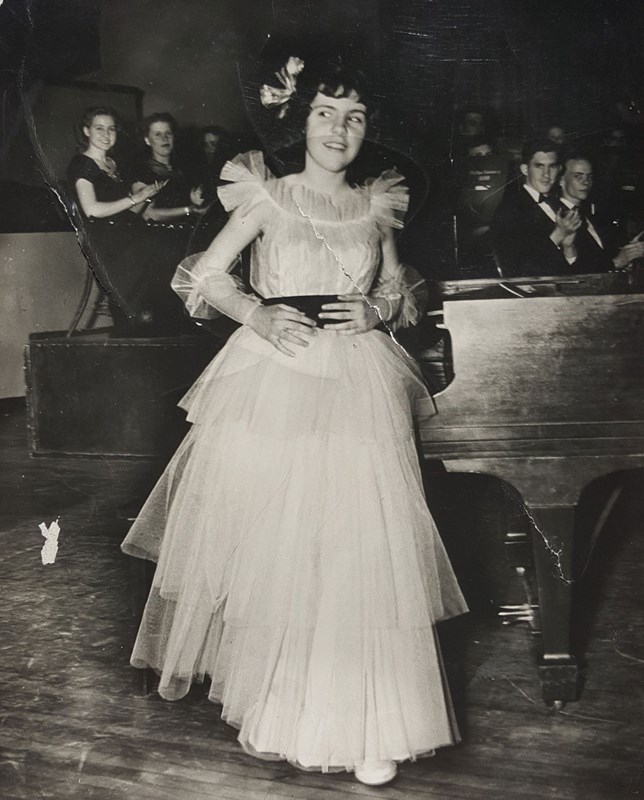
Pat Moran, then Helen Mudgett, plays with the Oklahoma Symphony aged 11
“It was a big deal, 6,000 people, I had a big bow in my hair! I did an encore too!”, she recalls. Four years later, when she performed the Mendelssohn Piano Concerto with the same symphony orchestra, her career path seemed pre-ordained. “My teacher took me to New York City where I studied with Edwin Hughes who taught at Juilliard. I went a year to Phillips University in Enid, Oklahoma and then the Conservatory in Cincinnati under Jenő Takács, who was born in Austria, wonderful composer, a friend of Bartók and Hindemith”.
Then things began to move quickly; she used to play for the students for fun in the Cincinnati Conservatory student lounges, and older students brought a booking agent to hear her, Clyde Task, who just happened to be Doris Day’s manager; he started booking this precocious young talent locally. Task suggested a name change, and she chose Pat Moran. Still dreaming of becoming a concert pianist, she was studying classical by day and playing jazz by night to pay for her education. But late nights for students were banned at the Conservatory, so she asked Takács for advice. Should she quit school and learn to become a jazz musician? He said she had great possibilities in the classical music world, but if she didn’t give jazz a try, she would always wonder what might have been.
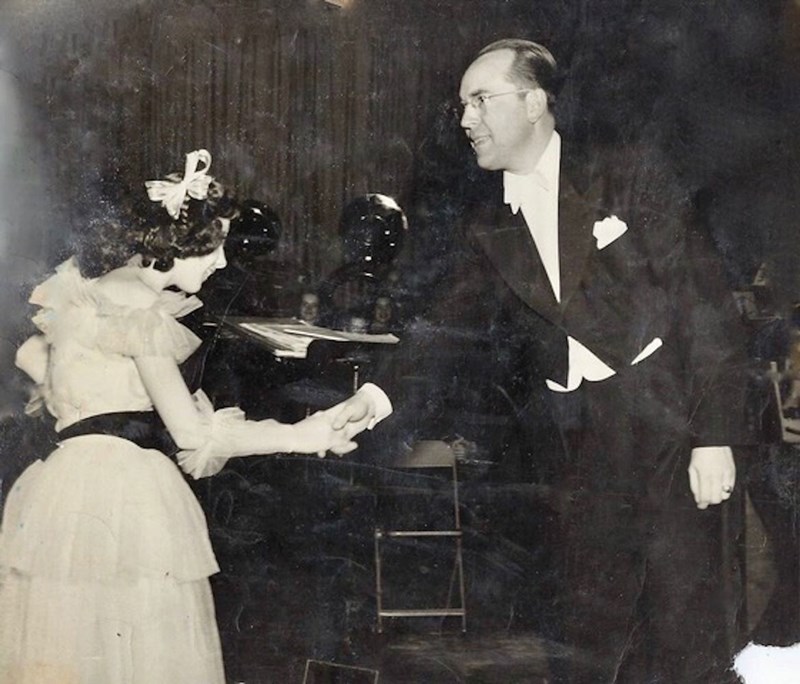
Moran played for 6000 people in 1945 with the Oklahoma Symphony
“So I struck out on my own”, Pat recalls. Aged 17, she was petite, attractive and confident of her abilities. “I started playing small bars, the owners wanted me there to attract men, I suppose, I’d been listening to bebop and I spent most of my time getting paid to teach myself to play it. I got fired from some places! Then I met Bev Kelly, who had also been studying at the same Conservatory, a wonderful vocalist”. As Kelly later recalled, “We became a hot act pretty fast, went to Chicago, were booked by Associated Booking, run by Joe Glaser [who was famously Louis Armstrong and Billie Holiday’s manager] and they set us up at the Sutherland Hotel on the South Side, then we worked the Cloister Inn where Steve Allen discovered us”. Allen, who loved jazz, hosted the Tonight Show on national TV and invited the duo onto the show, “Steve was astounded”, says Kelly, “I was 21 and Pat was 20.”
Looking back, Pat says that even now, she can’t believe how confident she was.
“One night in Chicago I had a date who took me to the Streamliner Hotel to hear Art Blakey. I had no qualms about asking Art if I could sit in. He looked at me kinda funny and believe it or not, let me play – for one number! I imagine he wasn’t used to a young girl being so brazen to sit-in and play jazz!” As the duo’s career gathered momentum, Pat added bassist John Doling and drummer Johnny Whited to become the Pat Moran Quartet.
They were booked back into the Cloister Inn on Chicago’s famous ‘Rush Street’. “It was a Black club on the street level of a hotel in Chicago’s downtown,” recalls Pat. “We met so many people there, like Joe Louis, the prizefighter. Nat King Cole – he said he loved to hear me play! Dinah Washington sang ‘Happy Birthday’ to me from the bar where she was sitting, pretty much a regular. I played with [the comedian] Lennie Bruce there, he loved having me on stage as I laughed so much at his jokes, he was really very funny. Back then it was pretty safe, we used to get off work at 4am and go with everyone to have ribs and chocolate malts”.
![]()
The Pat Moran Trio, with bassist John Doling and drummer John Whited, takes the stage at the Sutherland Lounge, Chicago, joined by a guest trumpet player. Photo by Ted Williams/Iconic Images
Inspired by the Hi-Lo’s and The Four Freshmen, groups that pioneered a revolutionary new style of close harmony singing based on the extended harmonies of bebop, Pat had John Doling and John Whited (while they played their instruments) join her and Bev in four part harmony. “I don’t know how I came to do it. I was just influenced by the Four Freshmen and the Hi-Lo’s. I put John Doling’s voice on top, a male voice lead on some of them, then Bev on others, they all had great voices, unfortunately I always felt I sang like a young Shirley Temple! We used to practise our four-part vocals in the car on the way to the hotel, great acoustics.”
The band in their prime can be heard on the album The Pat Moran Quartet from 1956. The group was an ideal context to feature Pat’s talent; all her arrangements the band learned by ear, the vocal harmonies dictated from the piano and fitted into her highly original trio arrangements from which her piano simply seems to explode from the ensembles.
At the time she had absorbed the lessons of Bud Powell – on While at Birdland: The Pat Moran Quartet (Bethlehem) she performs a trio version of ‘I’ll Remember April’ that emerges as a sort of homage to the iconic pianist – with the great Oscar Pettiford guesting on bass. Her playing through the two albums, the latter made in 1957, is astonishingly mature and fully formed for such a young player, “She was oozing with talent,” says Bev Kelly. “Then we went into the Sutherland Hotel, we used to pack it, it would be so crowded we couldn’t leave the stage, we’d stay there between sets!” While playing Chicago, Pat and her group were flown out to Los Angeles to record a big production album for Bethlehem records of Porgy & Bess that included the Duke Ellington Orchestra, Betty Roche, Mel Tormé and a host of jazz stars, “I loved it, we stayed at the Beverley Hilton, the weather, hanging out with all those great artists, singing with Betty Roche, what a voice!”
When Joe Glaser booked Pat’s group for their New York debut, it was at the Jazz Centre of the World, Birdland. “Johnny Smith, the guitarist was also on the bill at the same time, and we were playing opposite the Count Basie Orchestra. They were flying, this was The Atomic Mr Basie band. I dreaded hearing my name to follow them, but Basie, he would come up on stage and sit on my piano bench with me just to watch me play. He was the greatest, so encouraging!
It was pretty amazing to be playing to an audience of Miles Davis, Gil Evans, Erroll Garner, Cannonball Adderley
Pat Moran
“Sometimes, late at night, Sarah Vaughan would sit-in, and sing with Joe Williams. That was not easy to follow. I met so many people there – Cannonball Adderley, he always called me Miss Moran”.
When Pat opened at The Hickory House at 144, West 52nd Street it was with a trio – Bev had left to pursue her own career, recording two fine albums for Riverside. The Hickory House’s press agent phoned in a story that was a little over the top. “He said I was Duke Ellington’s protégé – I didn’t know him at all!”, Pat recalls. “I knew his bass player at the time and asked him to tell Mr Ellington I would never have said anything like that. The write-up also had me being raised by Indians in Oklahoma, and that I was teaching in Juilliard when I was 13 years old!
“That night when I was playing, the doors swung open and Duke walked into the club looking magnificent in a beautiful white coat and smoking a cigarette in a long holder. After my set he called me over, ‘So, you’re my protégé’. Of course, I was so embarrassed, but then he said I could use that publicity anytime I liked!”
Pat stayed several months at the Hickory House, The New Yorker, in its listings page noting, “Pat Moran… packs quite a wallop as she drops her tiny fists on the piano within the oval bar”. She first met the legendary bass player Scott LaFaro when he was playing with Chet Baker. While playing at the Cloister Inn in Chicago in 1957, he became a member of Pat’s trio playing opposite Ramsey Lewis, “Ramsey had this incredible bassist name Eldee Young, who was like a shorter version of Ray Brown. Scotty and Eldee loved each others' playing – they were so different. One night Ray Brown came in and sat in with each of us and I bragged that I thought Ray played funkier with me, ha!”
LaFaro remained with Pat into 1958 when they had “a spat”. “I fired him! Scotty was very funny and fun to be with but also pretty moody”. But when she opened the Hickory House they met up again, “He used to come every night, take the bass from John [Doling] and sit in with me. I was playing opposite Paul Nero [who became a celebrity conductor and pianist] whose real name was Bernie! We were hanging out with Gerry Mulligan, who was dating Judy Holliday, and Booker Little and they would come by and sit in. I signed with Audio Fidelity at the time, and recorded This Is Pat Moran with Scotty and Gene Gammage on drums, and did Bev’s album Beverley Kelly Sings at the same time. Scotty would run into the recording booth after each number to make sure his bass was recorded properly!” In 1960, LaFaro said that he didn’t “like to look back, because the whole point in jazz is doing it now. I don’t even like any of my records except the first one I did with Pat Moran [in December 1957] on Audio Fidelity”.
By now, Pat was moving with the times and was becoming more concerned with melodic development, something she became more conscious of as a result of her friendship with Bill Evans. And on This Is Pat Moran most of her comping used rootless chords, “I played opposite Ahmad Jamal at the Crescendo in Chicago,” she says by way of explanation. “I learned so much from him musically.” Looking back, she says the highlight of her career was playing the Hickory House, “We were broadcast from the club twice weekly. It was pretty amazing to be playing to an audience of Miles Davis, Gil Evans, Erroll Garner, Cannonball Adderley”. Then Pat was invited to join vibist Terry Gibbs’ quintet; “Everything was at 100 miles an hour,” she quips.
Relocating to the West Coast, she quickly gravitated into the orbit of the top West Coast jazz musicians, made two albums with the now legendary Terry Gibbs Dream Band, partied with Frank Sinatra and the Rat Pack at the Sands in Las Vegas and played with Henry Mancini – but that is a whole other story. On the West Coast she met her future husband, and not yet 30, she left the music biz to raise a family – of five children – with no going back. “You’d play until two or four in the morning and then trying to get up with children, that was too much!”
Today, Pat has 10 grand-daughters and she tells them she was the original feminist, paid the same as men, and she was. In 1957, one press report described her as “Petite, attractive, talented and vitriolic”, the latter an essential quality, it would seem, for a young woman to survive in the music business.
When we spoke, it was at the time of the Harvey Weinstein scandal: did she have to put up with that in the jazz world? “Good grief, I went through that as a young girl, being met at the airport and taken to the hotel, and follow me up and try and seduce me. I went through that a lot, it was so common, I don’t know why everyone is making such a big deal, all you had to do is say no! It was up to the woman, to, you know, to decide whether she was going to sell her soul or not, it’s been going on for ages. The thing that gets me is that they act like it’s so startling, like ‘Ohh, I’ve never heard of such a thing!’”
This article originally appeared in the September 2020 issue of Jazzwise. Never miss an issue – subscribe today
